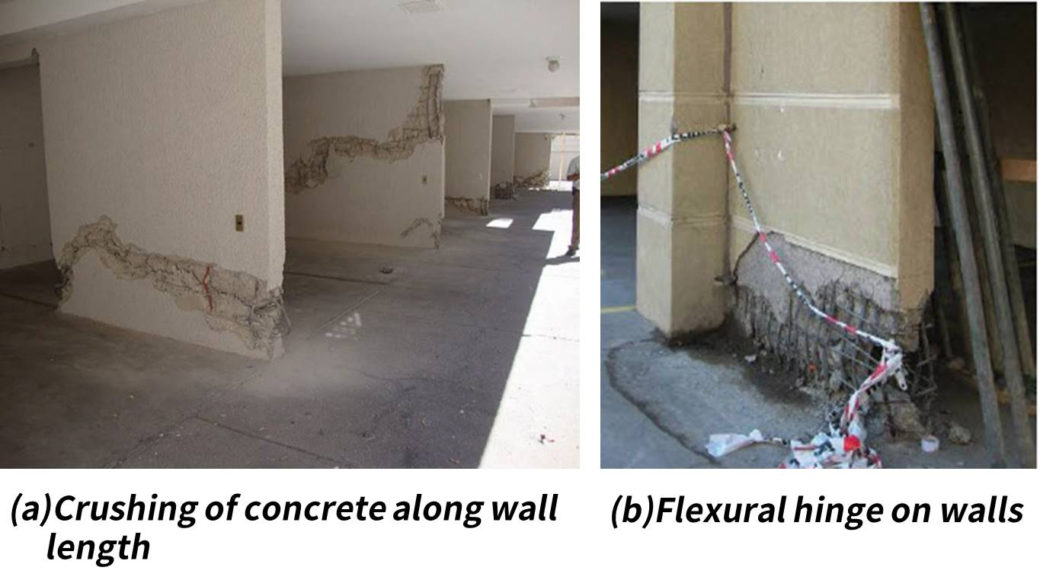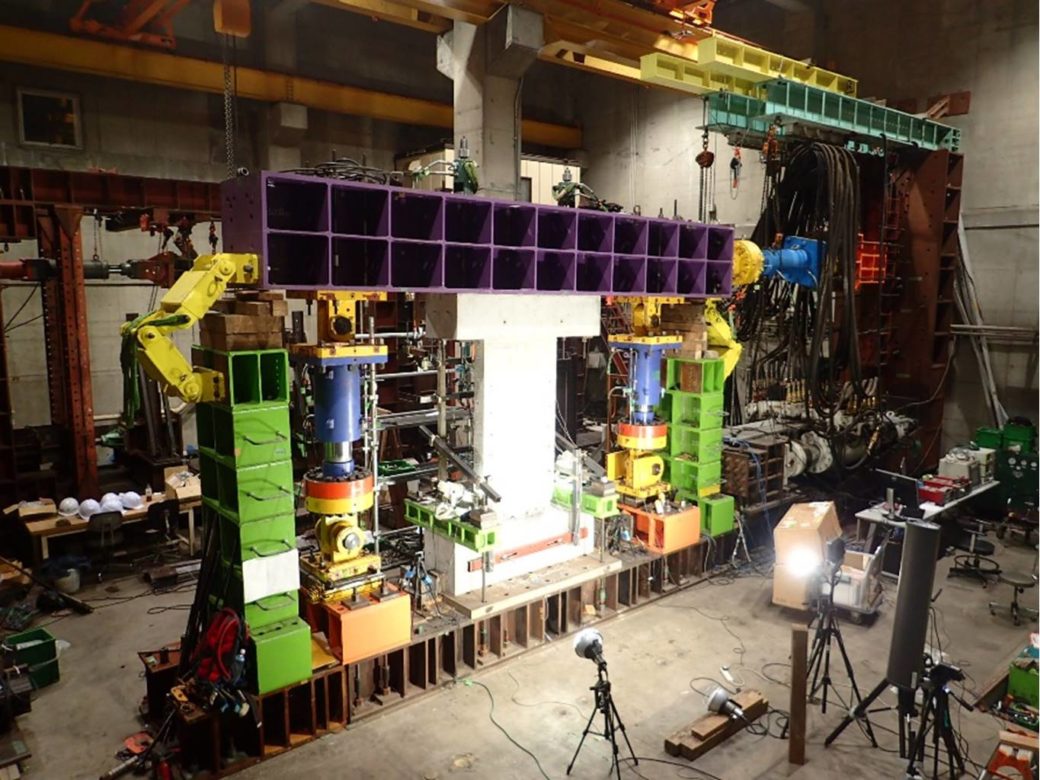Social Implementation
Assessment of RC shear walls under seismic loading
Research Summary
Slender reinforced concrete walls are an important part of a building’s lateral load resisting systems. The 1999 Standard for Structural Calculation of Reinforced Concrete Structures [2] mandated the use of structural walls with boundary columns. In 2010, the standard was revised to allow structural walls with rectangular cross sections for buildings higher than five stories. To avoid catastrophic failure, structural walls are normally designed to have high shear resistance relative to flexural resistance and consequently fail in a ductile flexural mode.
The 2010 Chile Earthquake caused severe damage to a large number of RC structural walls in mid-rise and high-rise buildings. The observed damage included crushing of concrete and buckling of vertical reinforcement. The concrete crushing was severe at the boundary regions and often propagated along the wall length. This type of damage is a result of flexural compression failure mode and/or flexural tension failure mode. Flexural compression failure occurs when the compression strain of concrete in the boundary region exceeds the compression limit strain. After crushing of concrete occurs, the longitudinal reinforcement buckles. Another failure mode occurs when the longitudinal reinforcement is elongated in tension before reversal into compression that causes buckling. This buckling of vertical reinforcement is followed by crushing of the concrete and is referred to as flexural tension failure. More flexural failure of shear walls were observed in the 2016 Kumamoto Earthquake event. While most RC structural walls only suffered minor crack damage, some walls had severe damage due to cracking of concrete and buckling of longitudinal reinforcement, particularly at the ends of the walls. Figure 1 presents damage of structural walls in the 2010 Chile earthquake. According to these observations, flexural failure can be considered as one of the most common failure modes of RC structural walls. This study focuses on the structural failure caused by crushing of concrete and fracture of longitudinal reinforcement by experimentation (Figure 2) and numerical analyses.




